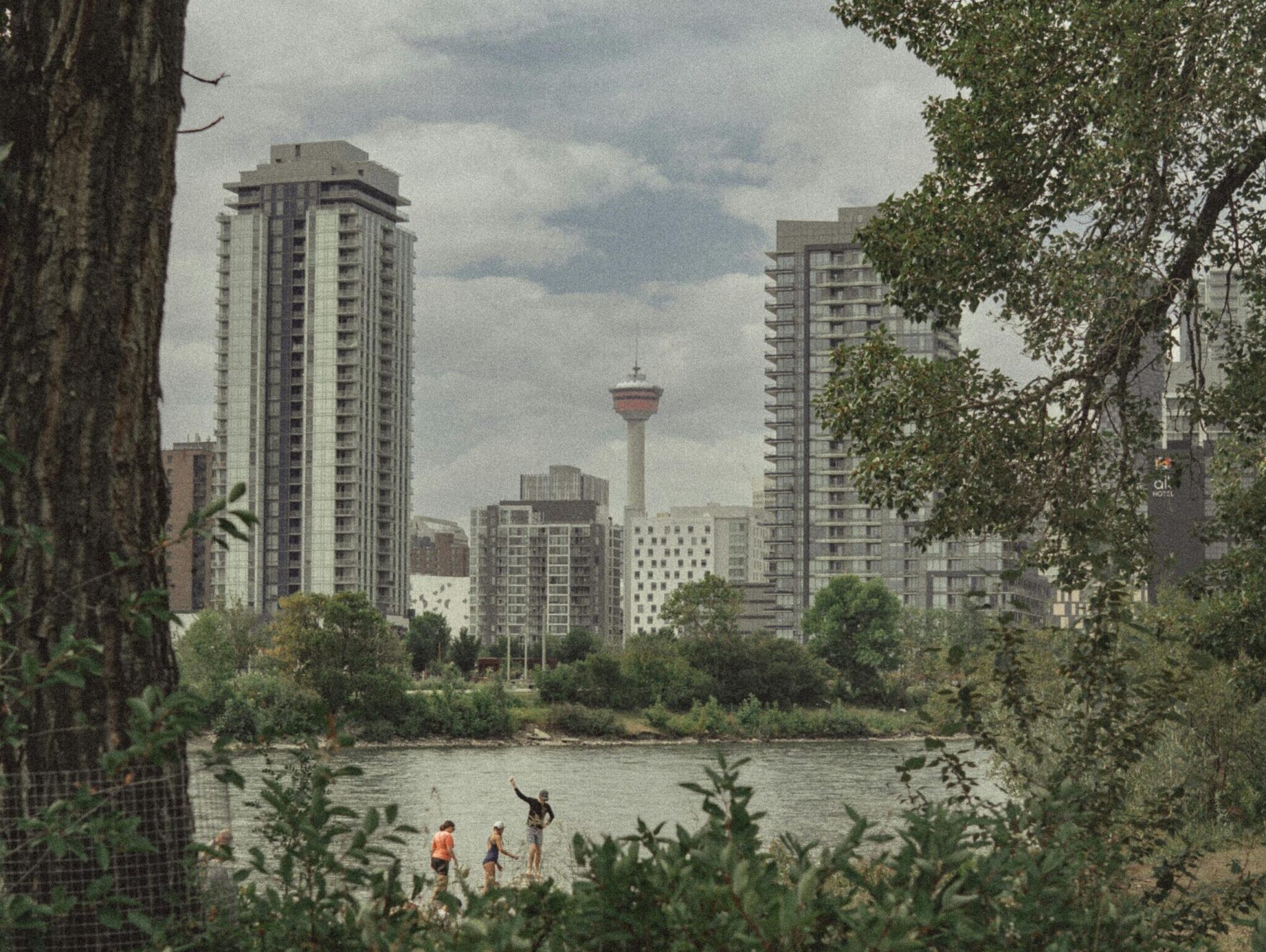The City of Calgary’s water services director, Nancy Mackay, provided an extensive update on the ongoing repairs to the significant water main break affecting the city. Addressing the public, Mackay emphasized the tireless efforts of the repair crews working around the clock to restore the city’s water supply to its usual reliable state.
“We have a strong team that’s absolutely committed to repairing this feeder break as soon as we can so that we can once again ensure the reliable and secure supply of water that all Calgarians and our regional customers depend on,” she stated.
The initial discovery of the water leak occurred on Wednesday night. Crews were dispatched immediately to locate and address the leak. Mackay detailed the complexities involved due to the sheer volume of water, which made the leak more apparent but also presented significant challenges. The primary task was to turn off the water flow, a challenging endeavor given the size of the affected pipe.
“Turning the water off was not an easy task with such a large pipe,” Mackay explained. The process involved coordinating with various utilities, including gas, sewer, electrical, and telecom partners, to ensure safety and precision.
Once the water was shut off, the next phase involved removing the excess water from the site. This phase concluded over the weekend, allowing crews to focus on the critical task of assessing and preparing the pipe for repairs.
Crews began cutting the damaged pipe to remove the compromised sections, a process that Mackay described as essential for understanding the full extent of the damage. “We completed a preliminary assessment of the extent of the damage and will continue that assessment once the damaged pipe is fully removed,” she noted.
Mackay also introduced an innovative aspect of the repair strategy: the use of mini robots equipped with sensors to conduct a condition assessment inside the pipe. These devices will travel 100 meters in each direction from the damaged area to provide detailed insights into the pipe’s condition. “This will tell us if we need additional parts or pieces and give us much more information,” Mackay said.
Following the condition assessment, the next step involves installing a new pipe section. Mackay assured that all necessary parts for this repair are on hand, though the team will ensure thorough verification before proceeding. Concurrently, some repair work can continue alongside the ongoing assessments.
Once the new pipe section is in place, it will be filled with chlorinated water for disinfection. This will be followed by a pressurization test to ensure the integrity of the repair. “This step alone is a large portion of the plan and will take a few days to complete,” Mackay explained, emphasizing the importance of safety and thoroughness in this process.
Mackay addressed the widespread concern and questions from residents, particularly those in the south of Calgary, regarding water conservation efforts. She explained the interconnected nature of the city’s water system and the crucial role of the Glenmore Water Treatment Plant, which is now serving a significantly larger area due to the break at the Bearspaw Water Treatment Plant.
“The entire pipe network is connected, and more water usage in one area means less in another part of the city,” she clarified. Residents were urged to continue conserving water to ensure adequate supply across the city. “We are pumping at capacity and very carefully managing the Glenmore plant to monitor reservoir levels,” she added.
While it remains too early to determine when the boil water advisory and restrictions will be lifted, Mackay reassured that every step is being taken with public safety in mind. The City of Calgary continues to work closely with Alberta Health Services to refine and implement the repair plan, aiming for a swift resolution to restore normal water service to all affected areas.

